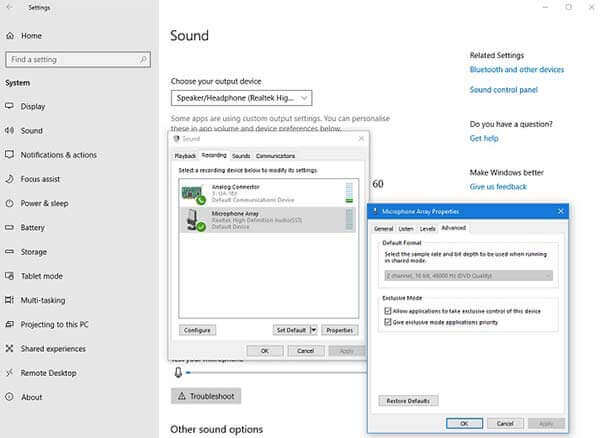

Chances are it will be playing back OK, but with a slight delay. You should check your signal flow to see if the sounds you’re sending through your microphone or instrument are reaching the desired output.

You’ll then select the number of channels in the device you’re going to be using to record.įinally, you’ll choose the output, found beside the headphone icon, which could be either a pair of earbuds connected to your computer or a set of monitors connected to your audio interface. Suppose you’re using an audio interface to capture sounds, such as a Behringer, M-Audio, PreSonus, or Focusrite you need to choose it in the Recording Device section, located beside the microphone icon within the toolbar. On Linux, there is generally only one option: ALSA, but other options could be OSS or Jack Audio Connection Kit (also known as “Jack” or “Jackd”). Windows WASAPI: Supports 24-bit recording devices.Windows Direct Sound: Potentially less latency (more about that in a minute).MME: The most compatible and Audacity default.According to the official Audacity Manual, the Audio Host works like this: Depending on your operating system, your Audio Host can be changeable or not. The Audio Host is the bridge between Audacity and the sound device you’re going to be using.
#WHAT HOST TO USE ON AUDACITY FOR MAC SOFTWARE#
Whether you want to record live instruments with a microphone or make a beat using samples, it’s no harm learning the software basics.Īfter opening Audacity, the first thing you need to do is check the Device Toolbar and set up your audio host and project’s input and output. Some Audacity built-in Plugins to Consider.


 0 kommentar(er)
0 kommentar(er)
